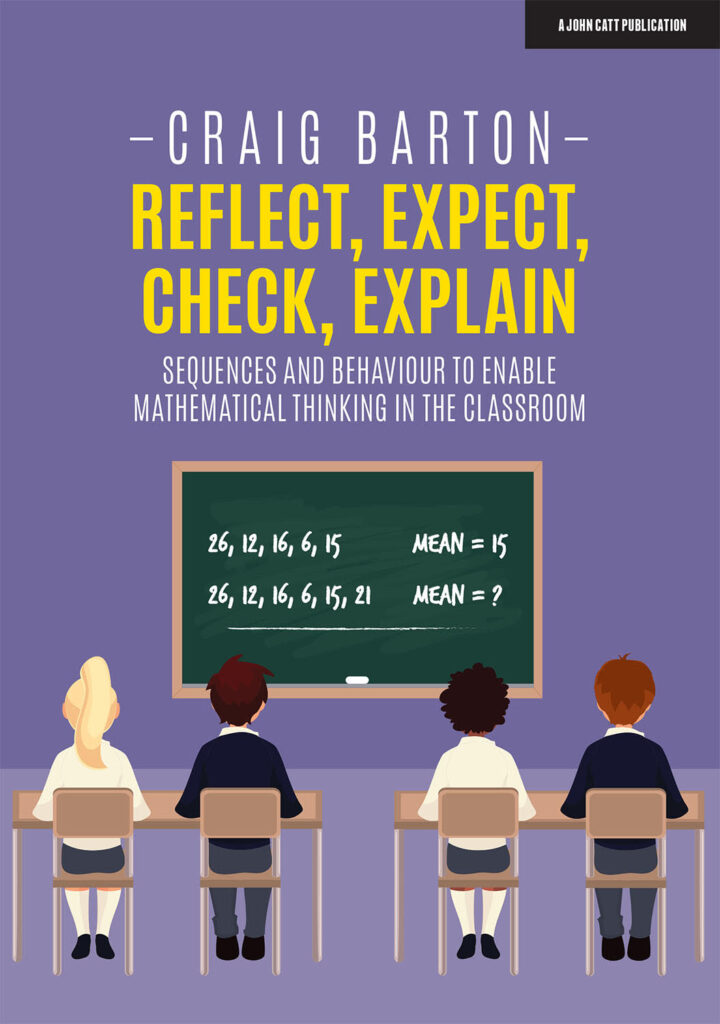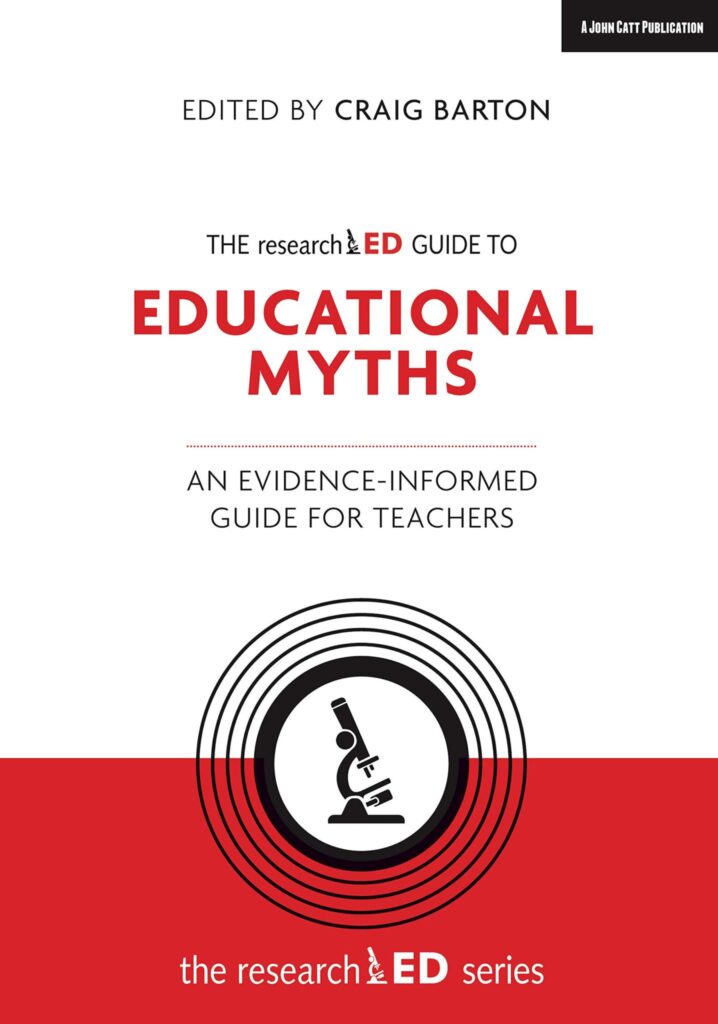
- Title: The boy paradox: exploring motivational factors in gender
differences and academic achievement across ages 9–14
years - Authors: Ingela Stenberg , Marcus Sundgren and Göran Bostedt
- Access the original paper here
- Listen to a deep-dive podcast:
Paper summary
This article investigates the motivational factors influencing gender differences and academic achievement in Swedish compulsory schools, particularly focusing on students aged 9-14. The authors explore how students’ perceptions of the learning environment change as they progress through school years, with a specific interest in the impact of grades being introduced in year six. Using survey data from 831 students, the study analyzes the general view of the learning environment, classroom goal structure, and teacher classroom management. Notably, the research reveals a decline in positive perceptions as students get older, with boys generally holding more optimistic views despite often lower academic performance. This work challenges existing assumptions about motivational shifts occurring primarily in adolescence, suggesting that earlier structural changes, such as grading, play a significant role.
If teachers remember one thing from this study, it should be…
Student motivation, particularly for boys, declines significantly between ages 9–12, coinciding with the introduction of grades. Teachers should foster autonomy-supportive environments and provide structured guidance.
*** Paper deep dive ***
Define the key technical terms used in the paper
Study Components: GVLE (General View of the Learning Environment), CGS (Classroom Goal Structure), and TCM (Teacher’s Classroom Management).
Motivation: Encompasses intrinsic (inherent satisfaction) and extrinsic (external rewards) factors shaping academic engagement.
Self-Determination Theory (SDT): A framework for understanding motivation, emphasizing autonomy, competence, and relatedness; autonomy-supportive environments nurture this.
Goal Orientation: Includes mastery goals (developing competence) and performance goals (outperforming peers).
The boy paradox: Boys report more positive perceptions of the learning environment despite generally lower academic performance.
What are the characteristics of the participants in the study?
The study included 816 compulsory school students from Sweden, initially 831, aged 9-14 years. Participants were from school years 3, 6, and 8, with 408 boys and 408 girls retained for analysis.
What does this paper add to the current field of research?
This study uniquely reveals a motivational decline occurring before adolescence (ages 9-12), coinciding with the introduction of grades. It also highlights the paradox of boys’ more positive learning environment perceptions despite lower academic performance, challenging assumptions and offering new insights into underachievement.
What are the key implications for teachers in the classroom?
Based on the findings of the study, there are several key implications for teachers in the classroom.
- Addressing the decline in motivation and engagement: The study indicates a significant decline in students’ overall perception of the school environment, goal orientation, and confidence in their teachers’ management skills as they progress through school years, with the most pronounced changes occurring between years 3 and 6. This suggests that teachers, particularly those working with students in the middle grades, should be aware of this potential decline and actively work to sustain student motivation and engagement. This decline might be linked to the introduction of grading systems and a heightened focus on academic achievement. Teachers could prioritize autonomy-supportive practices during this transition to help maintain students’ engagement.
- Understanding and responding to gender differences: The research highlights a paradox where boys exhibit more positive perceptions of the learning environment despite typically lower academic performance. Conversely, girls, who generally perform better academically, show a decline in confidence in teachers’ classroom management. Teachers should be aware of these differing perceptions.
- For boys, providing more structured support and explicit guidance in the early years might be beneficial. Positive teacher-student relationships are particularly crucial for boys’ academic success.
- For girls, it is important to maintain their intrinsic motivation and address their increasingly critical attitudes towards teachers as they advance academically. Teachers should be mindful of fostering autonomy and providing opportunities for them to demonstrate their learning.
- Fostering positive teacher-student relationships and effective classroom management: The study emphasizes the crucial role of the teacher-student relationship in student motivation and academic success, especially for male students. However, there is a general trend of declining warmth and closeness in these relationships as students progress through school. Teachers should strive to maintain positive relationships with all students. Furthermore, the decline in perceived teacher support may contribute to decreased motivation. Teachers’ ability to maintain good communication, provide support, and create an enabling classroom climate is essential. Clear communication of expectations, effective feedback, and teacher leadership are key motivational factors.
- Promoting a mastery goal orientation and providing effective feedback: Adopting a mastery goal orientation, both by students and as conveyed by teachers, leads to improved academic outcomes and motivation. Teachers should emphasize developing competence and understanding rather than just outperforming peers. Continuous and constructive feedback aligned with mastery goals can improve students’ self-concept and academic performance, particularly for male students. However, teachers should be aware that boys might perceive feedback more negatively than girls. Teachers could provide more immediate and concrete feedback, while girls may respond better to nuanced, process-oriented feedback.
- Creating autonomy-supportive learning environments: Nurturing student autonomy is crucial to mitigate the decline in motivation as students age. Teachers should strive to create autonomy-supportive classroom environments that accommodate diverse needs, in line with Self-Determination Theory (SDT). This can include providing students with choices in learning activities, explaining the rationale behind assignments, and recognizing individual perspectives.
In summary, the study suggests that teachers should be attentive to the developmental trajectory of student motivation, be mindful of gender-specific motivational patterns, prioritize positive teacher-student relationships, foster a mastery-oriented classroom, and cultivate autonomy to promote sustained engagement and academic success for all students.
Why might teachers exercise caution before applying these findings in their classroom?
Teachers should exercise caution before applying these findings because the study was conducted exclusively with Swedish compulsory school students, making its generalizability to other cultural and educational contexts uncertain. While the sample size of 816 students was relatively large for the study, it was from a single country, and the survey instrument was adapted and translated, which might influence its direct applicability elsewhere.
Quote
The current findings suggest a paradox: boys report positive perceptions despite experiencing underachievement, which may challenge existing assumptions about gendered motivation








